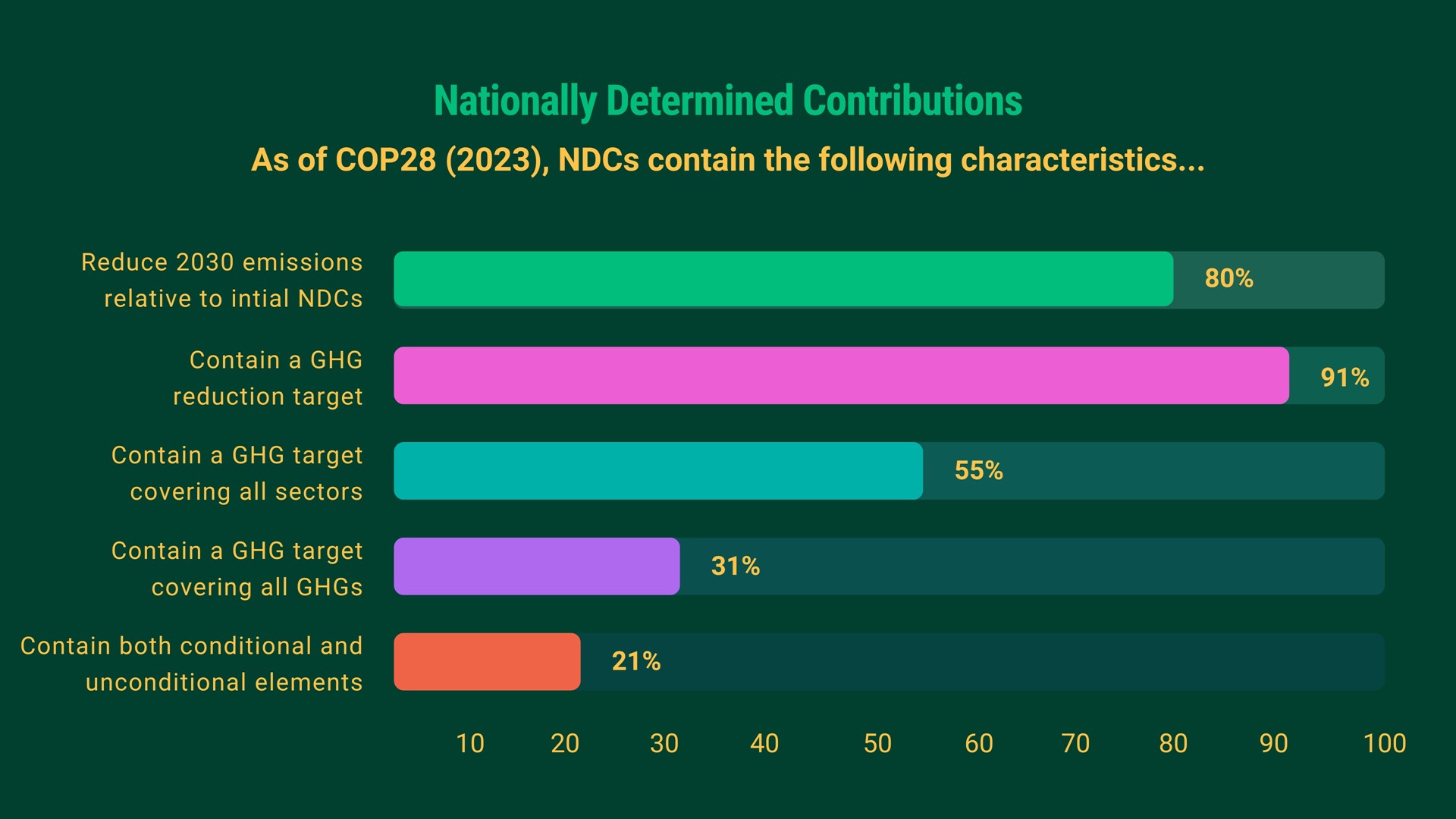
2024 UN Climate Report: nations must slash emissions 42% by 2030 to meet 1.5C target
Read time: 2 minutes
The UN’s latest report outlines the need for a 42 per cent fall in emissions by 2030 in order to achieve the least cost pathway for 1.5C.
The Emissions Gap Report 2024 is another reminder of the challenge humanity faces in reducing its impact on the climate, a message that has become shamefully hackneyed and banal. But the UN’s report is clear in its timeline and points fervently to a tangible, impactful step in the global emissions reduction journey.
The latest report maintains its focus on 1.5C while also outlining pathways for 2C. By 2035, a 57 per cent fall in emissions is needed for 1.5C, or 37 per cent for 2C.
To achieve these targets and operate within the boundaries of devastating global warming, the report determines a need for updated and impactful Nationally Determined Contributions (NDCs) ahead of COP30 which will be held in Brazil. COP29, held in Baku next month, will serve as a launchpad for these NDCs to be collectively determined and agreed upon over the the year to follow.
“If only current NDCs are implemented and no further ambition is shown in the new pledges, the best we could expect to achieve is catastrophic global warming of up to 2.6C over the course of the century,” the report warns.
NDCs are the foundation of the Paris Agreement, outlining commitments for each country which are measured as they work towards achievement. The NDCs are reassessed and submitted every five years, and each contribution must outline progression and the highest level of ambition. This brings the total number of NDCs to 151 of 168 total NDCs.
If fully implemented, the current targets would equate to roughly 5 gigatons of CO2e reduction by 2030.
However, NDC progress is slow as participating nations are timid in their approach to outlining impactful and actionable targets. COP28 requested countries to revisit and strengthen their 2030 targets, but only three countries, Madagascar, Namibia and Panama, submitted new or updated NDCs to strengthen targets.
What’s more, while an increasing number of NDCs are becoming more succinct in their target setting, a large number of NDCs fail to account for all greenhouse gasses, and cover every sector within its economy.
The reason why current NDCs need to be updated to contain clearer detail and greater ambition is because implementing current conditional NDCs would deliver up to 2.8C of warming, and implementing only current policies would deliver up to 3.1C of warming.


What are conditional and unconditional NDCs?
Unconditional = a country’s NDC can be achieved using domestic resources
Conditional = a country’s NDC requires international support to achieve
The report determines NDCs must cover all greenhouse gasses outlined in the Kyoto Protocol, cover all sectors, and set specific targets relative to a base year in order to be impactful and explicit. National plans for prioritisation and development of these goals must also be outlined alongside these targets,
Overall, to achieve targets outlined by the Paris Agreement and avoid disastrous levels of global warming, the report calls for the following:


